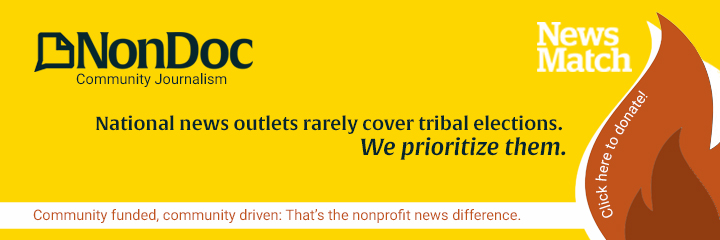Oklahoma City faces two policy questions that should inform discussions about the school board election. The most interesting question, to which I will devote a future blog post, is whether school choice is a part of the solution or mostly a part of the problems facing the OKCPS.
Here, I pose a more wonkish question, which may even be more crucial to answer than the first one: Should the school system continue the normative approach to school improvement as driven by better instructional quality? Or should the OKCPS shift gears, draw upon cognitive and education research, and make teaching a “team sport”?
Search for ‘transformational’ change fails
When I entered the classroom in the early 1990s, the social science that explained why school improvement must be a holistic process was widely respected. Over the decades, education outcomes grew incrementally for all demographic groups.
Over time, those incremental gains became increasingly derided as too modest, and the contemporary school-reform movement demanded “transformational” change. Reformers rejected the old-fashioned, comprehensive approach and sought a dramatic shortcut instead. Eventually, the corporate-reform movement sought to leverage “teacher quality” as the means for producing equity and for recreating school systems in the 21st century.
To make a long story short, the resulting instruction-driven, market-driven approach to school reform has been a dramatic failure. The long-term rise in student performance slowed after the No Child Left Behind Act of 2001 was implemented. Student performance increases stopped after the Obama administration invested tens of billions of dollars for the full data-driven, choice-driven reform agenda. (I would add that the instruction-driven approach failed in the way that education research predicted it would.)
Making teaching a team sport
As PBS’ John Merrow explained back in 2011, the effort to “make a better teacher” backfired. A much better approach would have been to “make teaching a better job.” Instead of seeking incentives and disincentives to transform the profession, we should have made teaching a team sport.
Drawing upon a wide range of social science research, Merrow and other experts have explained why our highest-poverty schools will not improve until teams of caring adults are assembled to provide socio-emotional supports for high-challenge youth.
In lower-poverty schools, improved instruction may be enough to prevent classroom disruptions, and teachers can make the phone calls and home visits necessary for combating truancy. But in schools where large percentages of poor children have been traumatized to the point that their cognitive processes have been physically altered, classroom teachers need assistance from counselors, tutors and mentors before they can ensure that every child can learn in a meaningful manner. Teachers, alone, can’t address the structural causes of chronic truancy that undermine teaching and learning in the most challenging OKCPS neighborhood schools. It takes a second team of adults and early warning absenteeism systems to act quickly and address truancy before it spins out of control.
The science-based answer is full-service community schools. By now, it should be obvious that we can no longer keep pre-k through 12th grade education, early education, health and nutrition, mental health, career tech and higher education in separate silos. The full range of service providers should be housed inside our most challenging neighborhood schools. Similarly, our most isolated children need regular field trips to introduce them to the full diversity of society.
Recognition is there, but the will is missing
I have communicated with a wide range of reformers in Oklahoma and across the nation, and most acknowledge that they are disappointed by the outcomes produced by test-driven, charter-driven reforms. However, most remain unwilling to abandon their basic model for overcoming poverty within the four walls of the classroom. Instead, they seek to incorporate early education, socio-emotional supports and other policies into their approach.
Ordinarily, I would see such a concession as acceptable. If the OKCPS could double its per student funding, we could sidestep education’s chicken-and-egg question by generously funding instruction-driven reforms and student supports. Even if that were possible, however, there are only so many minutes in the day. How could OKCPS principals find the time to become true instructional leaders, as they also plan, assemble, coordinate, and lead a team of service providers?
So, do we want to stay the course and seek a way to make classroom instruction the point of the spear in the fight for better schools? Or do we seek collaboration and leverage that unity into a campaign to fund and create a system of student supports that provide the foundation for meaningful teaching and learning?
Feel free to discuss in the comments or reach out to me directly on social media (links in bio box below).























